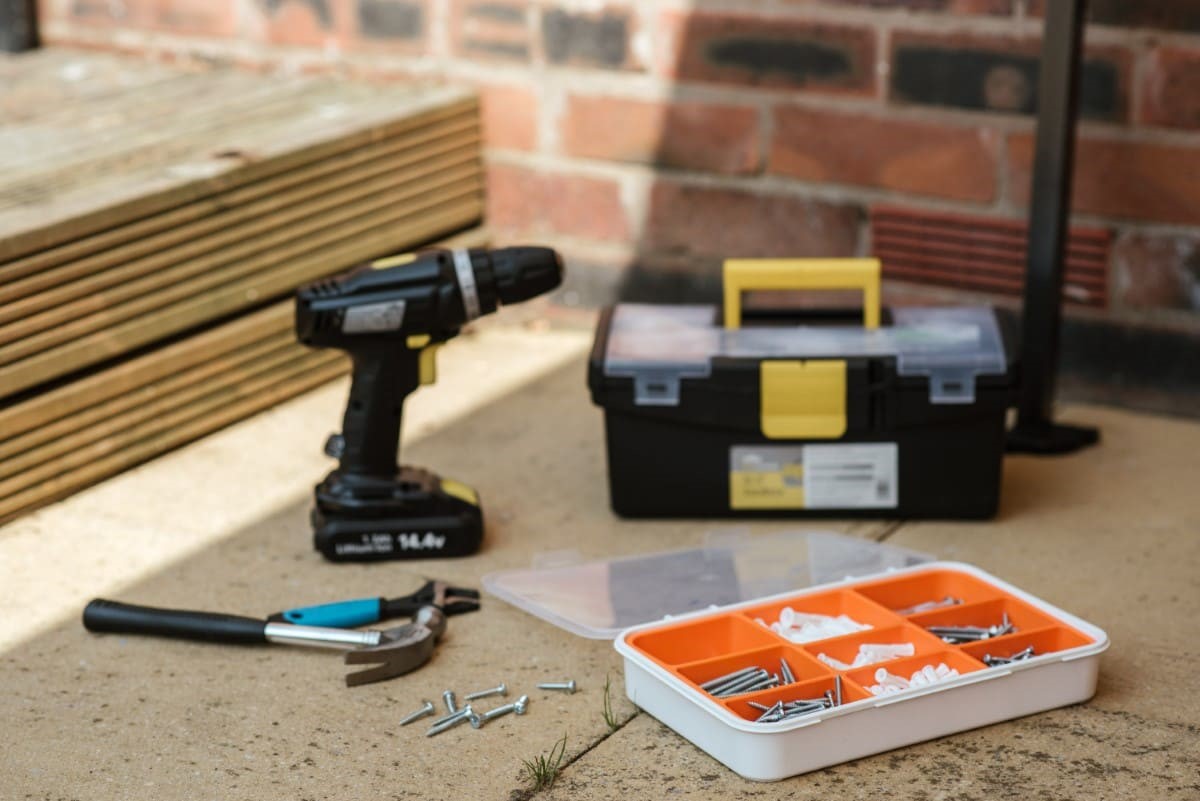

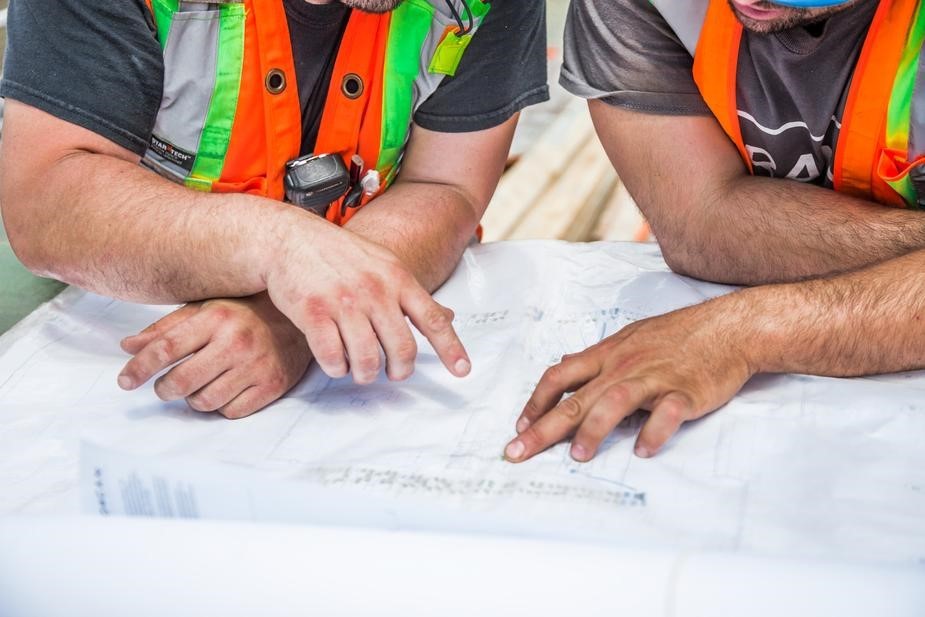
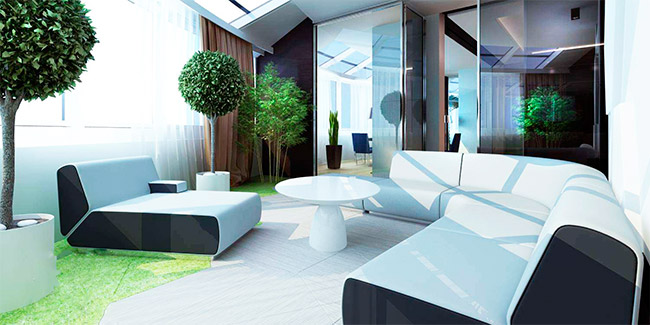
Construction and renovation projects are aimed not only at structural integrity, but also at increasing the aesthetic appeal of the premises. Decorative elements play a crucial role in transforming ordinary indoor and outdoor spaces into a visually striking and attractive environment. In this article, we will delve into the world of decorative elements for both interior and exterior construction and consider the numerous options available to enhance the beauty and functionality of spaces.
Decorative elements of the interior
Mouldings & Finishes: Mouldings and finishes add elegance and sophistication to the interior. Curtain rods, chair railings, and skirting boards not only give a finished look, but also create a sense of height and depth in the room. The intricate design and variety of materials allow the product to be adapted to any interior style.
Wallpaper & Wall Coverings: Wallpaper has come a long way from traditional wallpaper. Today, options include textured wall panels, stickers, and even customizable digital prints. This choice allows interior designers and homeowners to express their unique creativity.
Lights. Decorative lighting fixtures serve a dual purpose: they provide illumination and serve as the focal point of the design. From chandeliers and pendant lights to wall lamps and floor lamps, these fixtures come in a variety of styles, materials and finishes and are suitable for any interior theme.
Exterior Decorative Elements
Exterior cladding. The exterior of the building can be radically transformed with the help of decorative cladding materials. Options such as real stone, brick veneer, or decorative panels can add character and appeal to a building.
Landscaping: Landscaping is an integral part of exterior design. Decorative elements such as ornamental trees, flower beds, and stone paths enhance the overall aesthetic of the property. Water features, such as fountains or ponds, can also create a tranquil environment.
Architectural details. Decorative architectural details such as columns, railings, and railings can add a classic or modern look to a building's exterior. These elements not only add to the beauty, but also provide structural support and security.
Functionality & Personalization
Decorative elements not only serve an aesthetic purpose, but also contribute to the functionality and personalization of the space. For example, decorative tiles can be used to create stunning backsplashes in kitchens and bathrooms, while decorative glass panels can divide spaces without sacrificing natural light. Personalized items such as custom furniture, handcrafted furniture, and bespoke artwork can add a unique touch to any interior.
In the world of construction and renovation, decorative elements can transform ordinary rooms into extraordinary ones. Whether it's the use of intricate patterns, innovative wallpapers or eye-catching lighting fixtures for the interior, or striking finishing materials, landscaping and architectural details for the exterior, these elements are key to creating visually stunning and functional spaces that reflect individual tastes and styles. By carefully selecting and combining these elements, construction and renovation projects can really increase the appeal of both indoor and outdoor spaces.
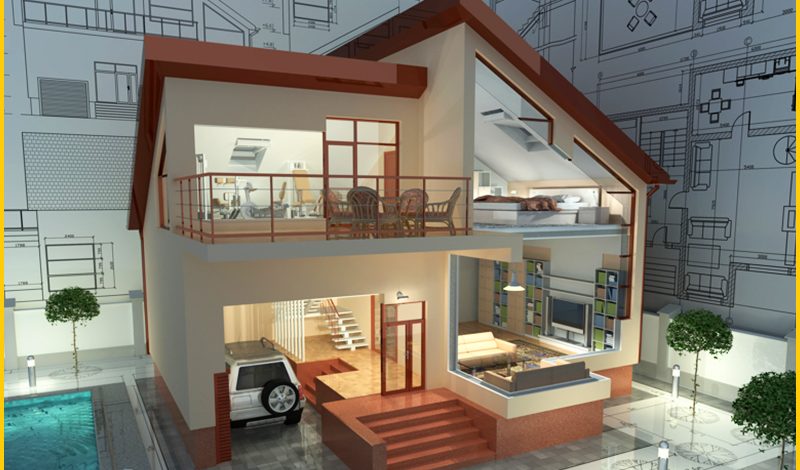
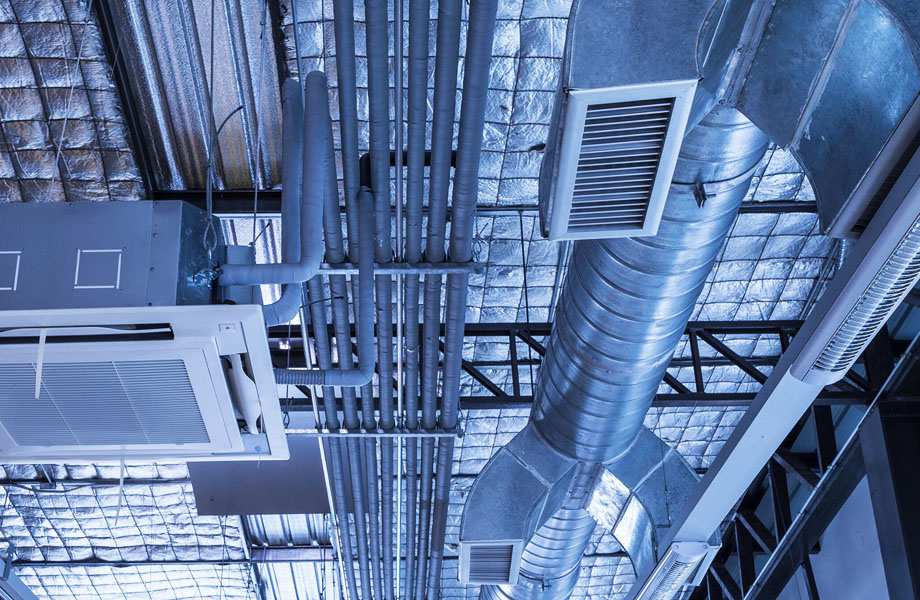
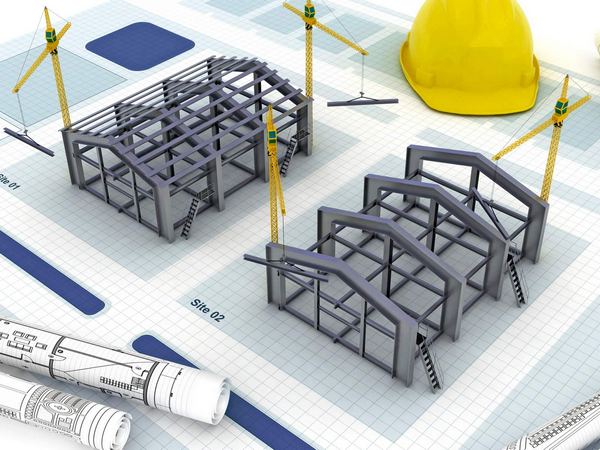
Reviews